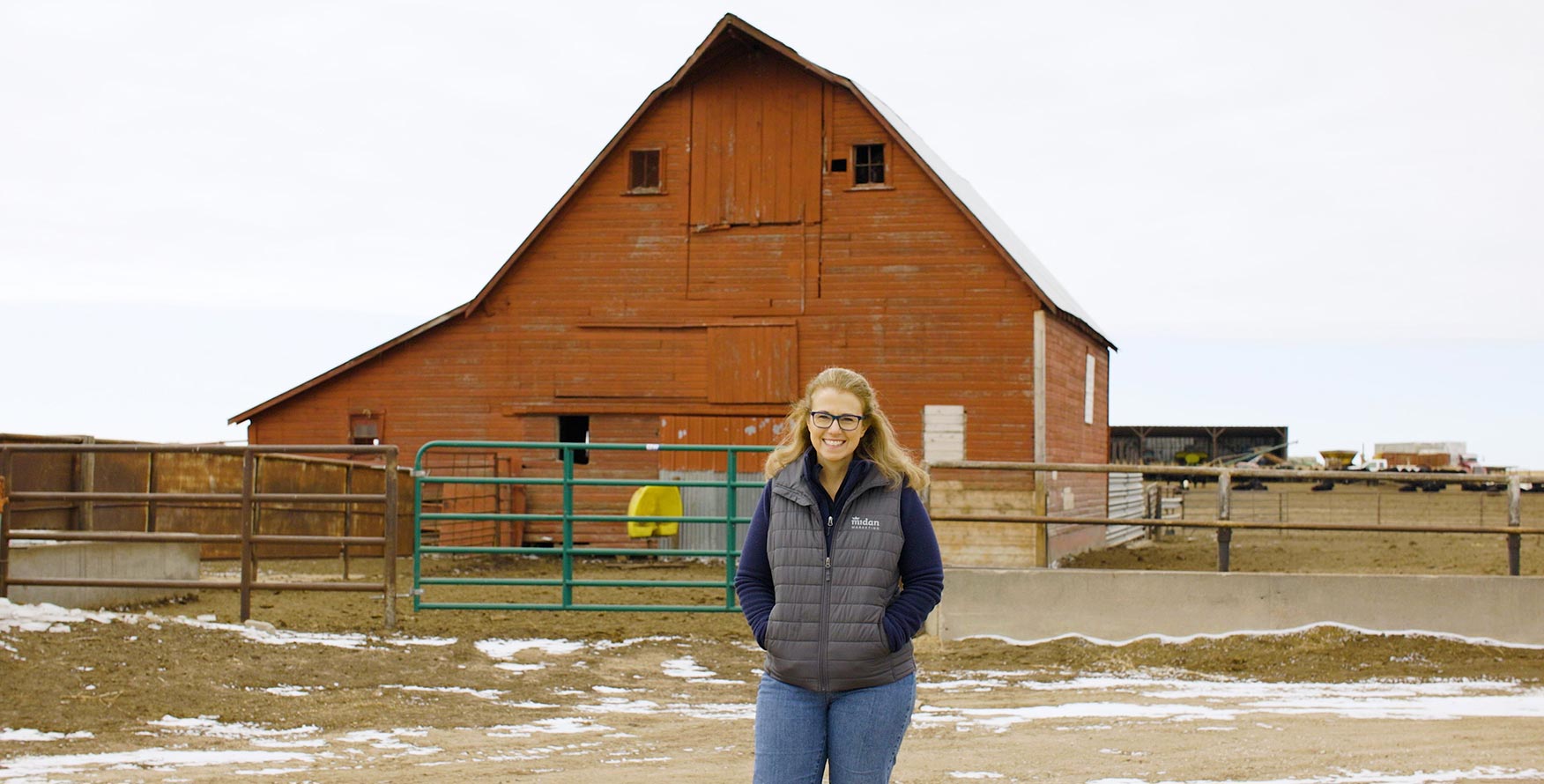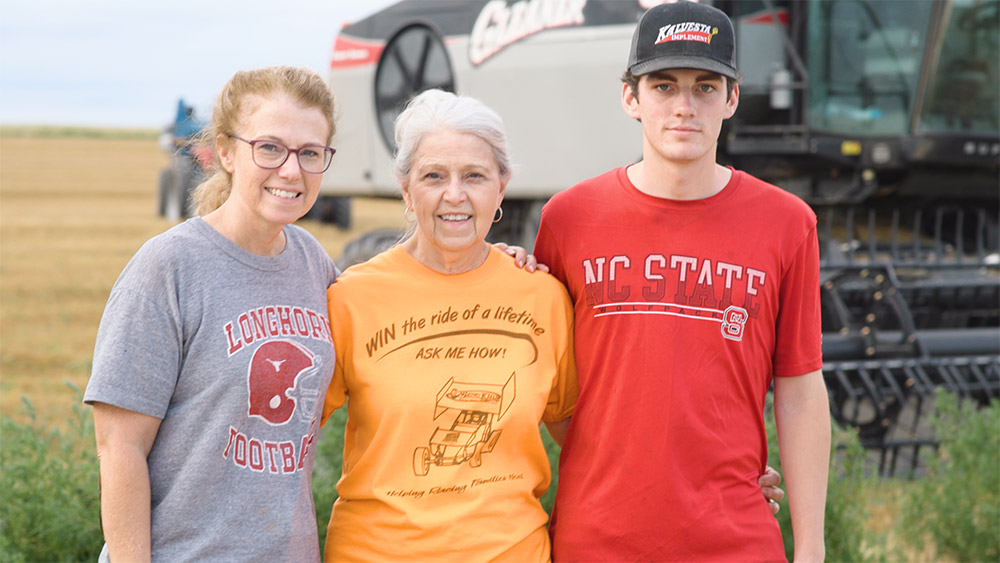
Lessons from our family’s farm playbook — passed down by the generations before me
Every summer, I leave my day job as managing principal of a full-service marketing agency to help with wheat harvest on my family’s farm in Kansas. As the sixth-generation farmer to be raised on this land, I know firsthand the work that goes into planting, raising and harvesting crops.
This year, we had an unusually high number of summer storms in spite of the drought, so we continually raced to gather as much wheat cut as possible before even a brief downpour brought the daily harvest to a halt.
We aren’t afraid of storms. We welcome the moisture they bring, especially this year after 15 months of drought conditions. But their timing isn’t always ideal. As I was working in the wheat fields I got to thinking about storms in my day job.
Are you afraid of storms? I’m not talking about lightning, thunder, tornadoes or tsunamis, but disruptive challenges we face in business and personal lives. While these storms are often unpleasant, how we prepare for and lead through them is critical to success.
Here are four things I learned growing up on a farm — from our family’s playbook passed down by the generations before me — that also apply to advertising and are proven to keep you on the right path to long-term success.
Long-term planning and patience
We all know success doesn’t happen overnight. Rather than chasing short-term gains and quick fixes, farmers prioritize sustainable growth and long-term planning. They plan activities, crop rotations and livestock breeding all with long-term goals in mind and then wait, patiently, for the crops and livestock to grow.
The same principles apply to strategic planning for clients. With a long-term vision, strategic plans and specific milestones to achieve, risks can be mitigated and success, while not guaranteed, can be achieved.
Adaptability and resilience
“Adapt and overcome” is easier said than done. Farmers face ongoing challenges such as changing weather conditions, drought and extreme heat, market fluctuations and pests and predators. Not all of these challenges can be mitigated.
Adaptability and resilience will look different for each business and its clients, but both are key to long-term success. To cultivate both I ask questions that will prompt me to think deeply and creatively, considering options beyond my initial reaction. What decisions can I make now to ensure success later?
Take steps toward sustainability
You can’t be the sixth generation if those before you had not thought about sustainability. Now, more than ever, it is top of mind for many of us. But farmers have been prioritizing sustainability and environmental responsibility for decades by rotating crops, rotating livestock grazing, using no-till farming practices, using byproducts as feed and conserving energy. Windmills, used on ranches to provide water to cattle, are a great example of a simple solution that has stood the test of time.
It’s no secret that consumers are beginning to care more about the environment. How can you incorporate sustainable practices into your operation? How can you help clients meet their goals?
ESG — taking environmental, social and corporate governance issues into account — is about showing, not telling. Clients and their consumers can sniff out meaningless buzzwords a mile away, so make sure any ESG assertions are backed by meaningful action.

Danette on the family farm with her mother Naomi King and son Jarod Amstein.
Diversification and risk management
Risks associated with farming are never-ending. Diversification, both on the farm and in an agency, mitigates risks and supports the business with multiple revenue streams.
Farmers do this by raising livestock in addition to crop production, or directly marketing products to customers. They also use risk management tools such as crop insurance and futures contracts.
For advertisers, diversification and risk management could include multichannel marketing, adding new capabilities or defining and focusing on targeted audiences through segmentation.
Plow on
There will always be challenges on the horizon. No matter the industry, both modern technology and experiential wisdom from farming can be a guide in both business and personal lives.
This content originally appeared in AdAge
